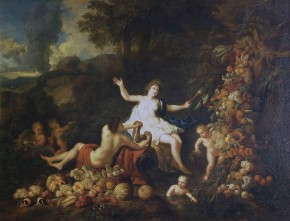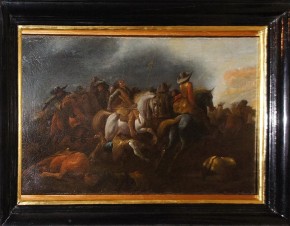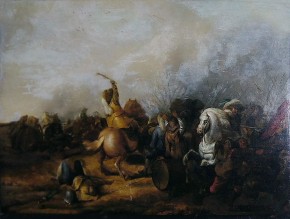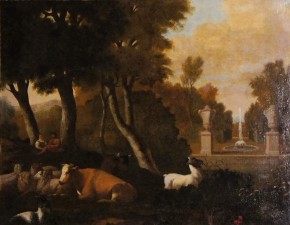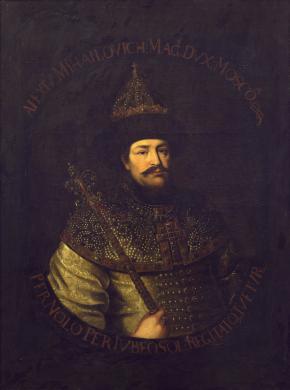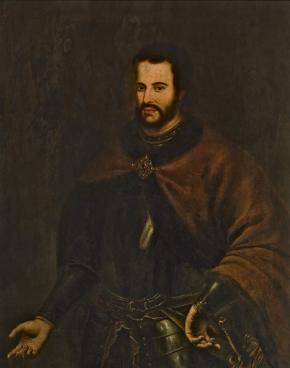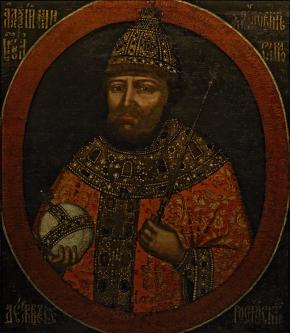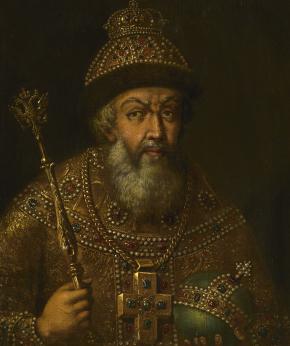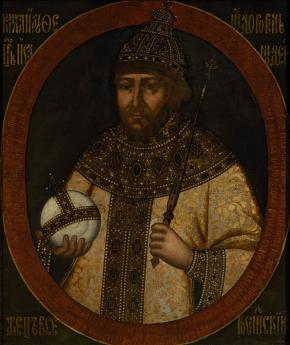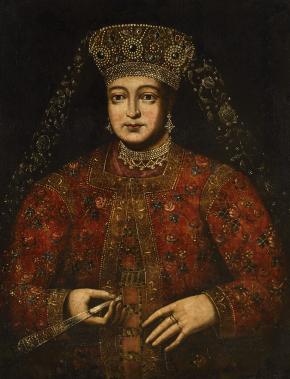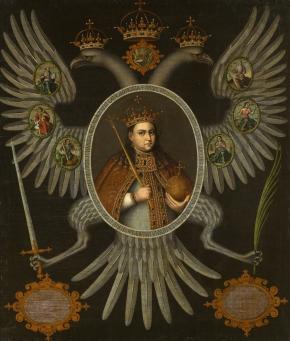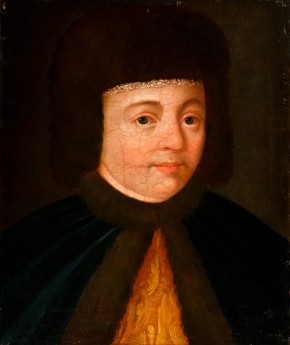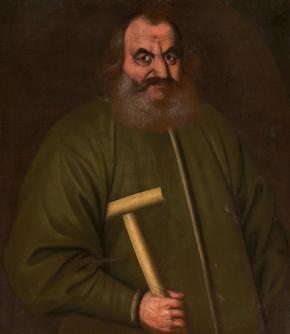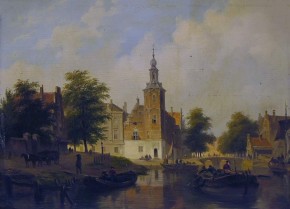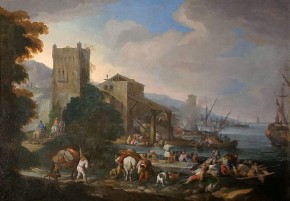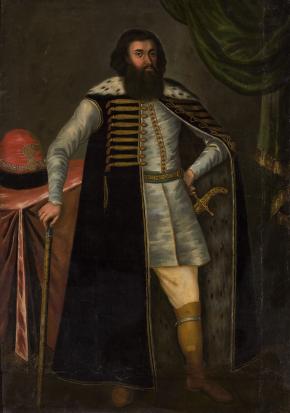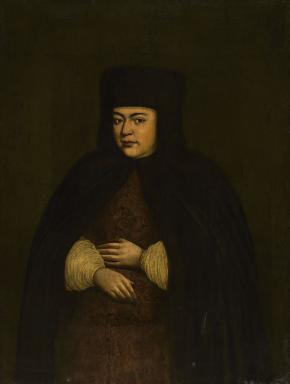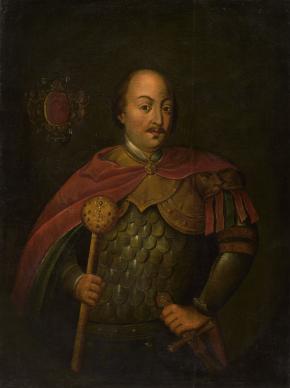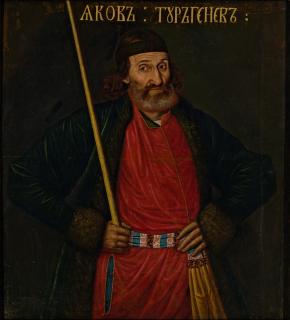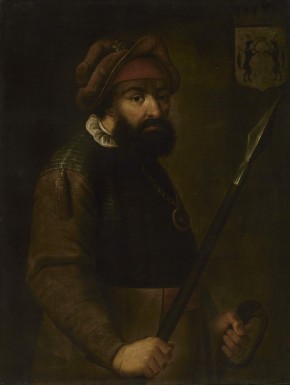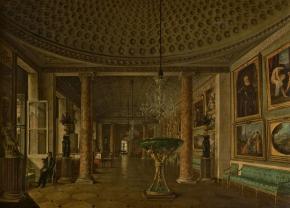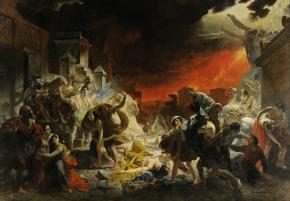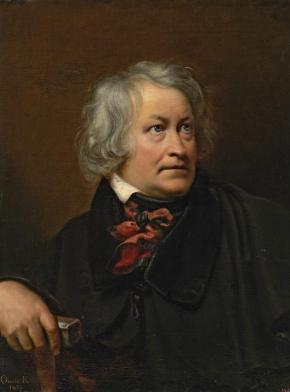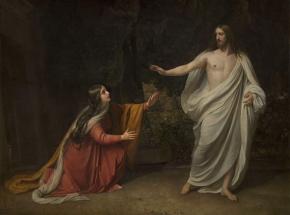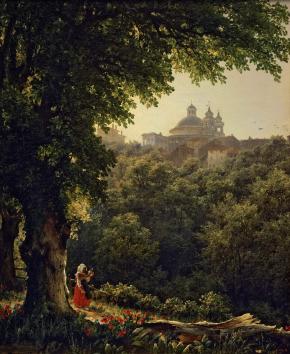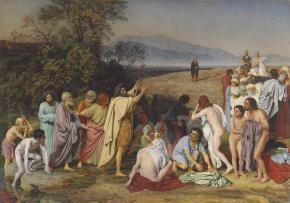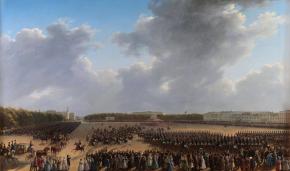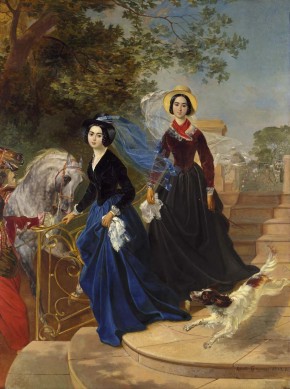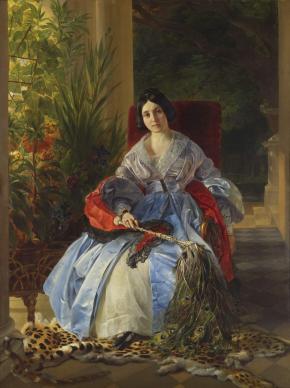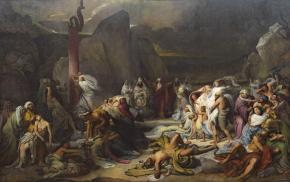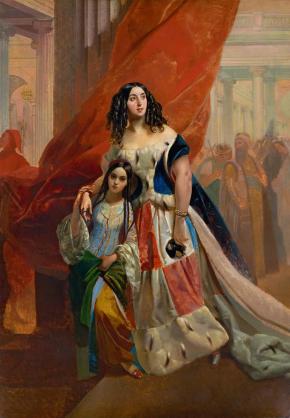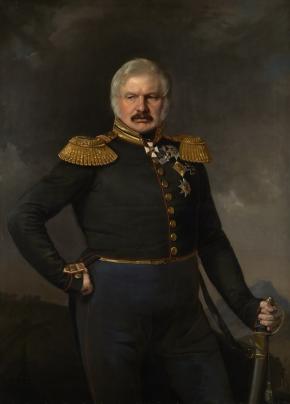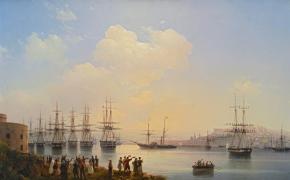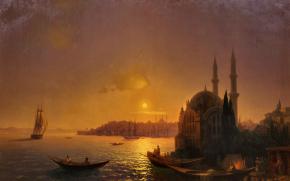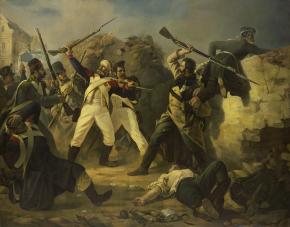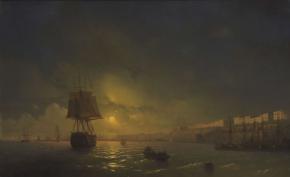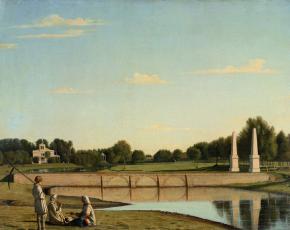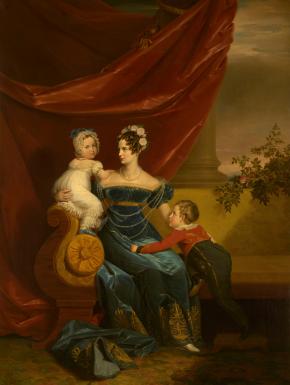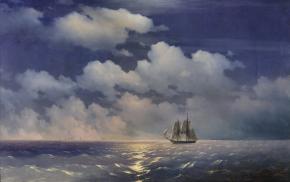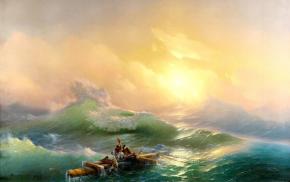Advanced search collections
- Home page
- Online resources
- Collections
- Works of Painting
- The Russian School of Painting (Eighteenth to Mid-Nineteenth Centuries)
The Russian School of Painting (Eighteenth to Mid-Nineteenth Centuries)
About collection
Ever since the Russian Museum was founded in 1895, the Russian school of painting of the eighteenth and first half of the nineteenth centuries has constituted the heart of its collection.
Eighty paintings were initially transferred to the Russian Museum from the Imperial Hermitage, including such masterpieces as Karl Brullov's The Last Day of Pompeii, Fidelio Bruni's The Brazen Serpent, Hovhannes Aivazovsky's The Ninth Wave, Henryk Siemiradzki's Shrine at the Festival of Poseidon at the Eleusinia, Vladimir Borovikovsky's Portrait of Murtaza Kuli Khanand Alexander Ivanov's Christ's Appearance to St Mary Magdalene.
The collection of the Russian Museum grew with the acquisition of 122 canvases from the Imperial Academy of Arts, among them Orest Kiprensky's Portrait of Yevgraf Davidov, Pyotr Basin's Susannah and the Elders and Alexei Venetsianov's The Threshing Barn. Other works were transferred from the Imperial collections in the Winter Palace, Alexander Palace in Tsarskoe Selo and Gatchina -- Karl Brullov's Portrait of Countess Yulia Samoilova Retiring from a Ball with her Adopted Daughter Amazilia Paccini, Vasily Tropinin's Guitarist and Girl with a Doll and Pavel Fedotov's The Major Makes a Proposal.
The collection of eighteenth-century portraiture was further enlarged in 1897, thanks to the acquisition of the collection of Prince Alexei Lobanov-Rostovsky. Besides portraits of Russian statesmen and aristocrats painted by Ivan Argunov and Dmitry Levitsky, the collection included many works by foreign masters working in Russia in the eighteenth century, including Johann Gottfried Tannauer, Georg Christoph Grooth, Pietro Antonio Rotari and Jean Louis Voille.
When it was officially opened in 1898, the Russian Museum thus possessed an outstanding collection of national art. The collection was nevertheless uncoordinated and incomplete, owing to the sometimes inconsistent nature of acquiring works. Although the new museum owned many of the most important paintings in the history of Russian art, many still remained in the Imperial collection. Works were selected according to academic principles; non-academic movements were largely ignored.
Chaired by Pyotr Neradovsky and including such leading art historians and curators as Albert Benois, Pyotr Brullov and Konstantin Lemokh, the Art Council of the Russian Museum played an important role in acquiring new works and augmenting the collection. Many masterpieces found their way into the museum through the enthusiastic support of collectors and connoisseurs of art. The Russian Museum thus acquired Alexei Antropov's Portrait of Maria Rumyantseva, Ivan Vishnyakov's Portraits of Sarah and Wilhelm Fairmore, Dmitry Levitsky'sPortrait of Anna Protasova, Fyodor Rokotov's Portrait of Countess Yelizaveta Santi and Portrait of Count Lev Santi, Vladimir Borovikovsky's Portrait of Yekaterina Arsenieva and paintings and modelli by such early-nineteenth-century masters as Orest Kiprensky and Alexander Ivanov.
The Russian Museum inherited many works of art following the confiscation of private collections following the revolution. In 1917, the museum was awarded over eighty studies by Alexander Ivanov for Christ's Appearance to the People from the Mikhail Botkin collection. Prince Vladimir Argutinsky-Dolgorukov's collection was transferred to the museum in 1918. Many paintings were acquired from the former Imperial palaces.
The redistribution of confiscated art work between museums was handled by the State Museum Fund. In 1922, the Russian Museum inherited the entire collection of the Academy of Arts Museum. Many works were traded among the Russian Museum, the Tretyakov Gallery and the Hermitage in the 1930's.
Thanks to the scope and profundity of its collection, the Russian Museum now ranks among the foremost galleries of Russian national art. The main criteria in the selection of works is historical and artistic value. Besides masterpieces of the eighteenth and early- to mid-nineteenth centuries, the museum also acquires studies, sketches and canvases by lesser-known artists, offering a deeper and more detailed insight into the history of Russian art.

